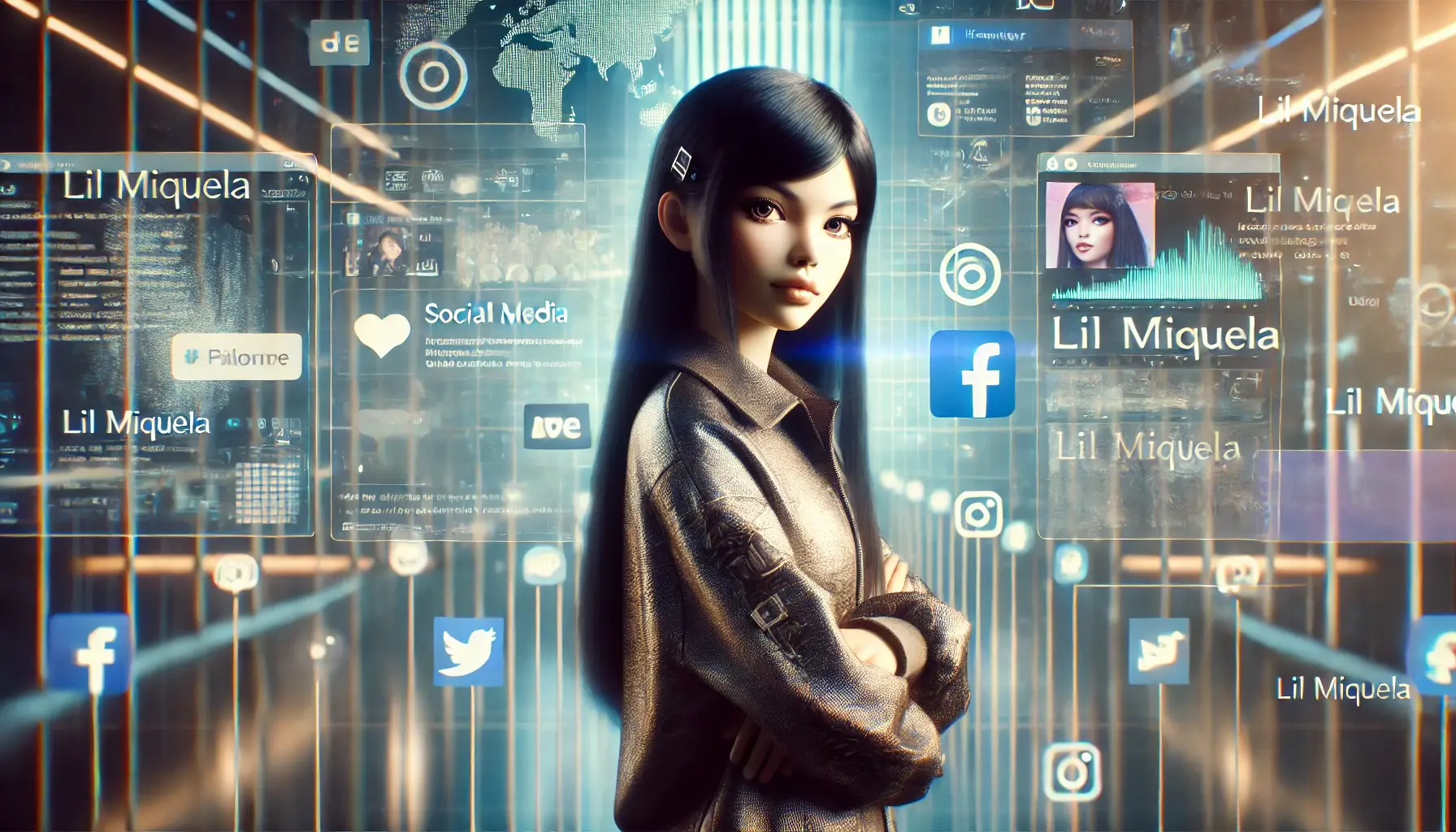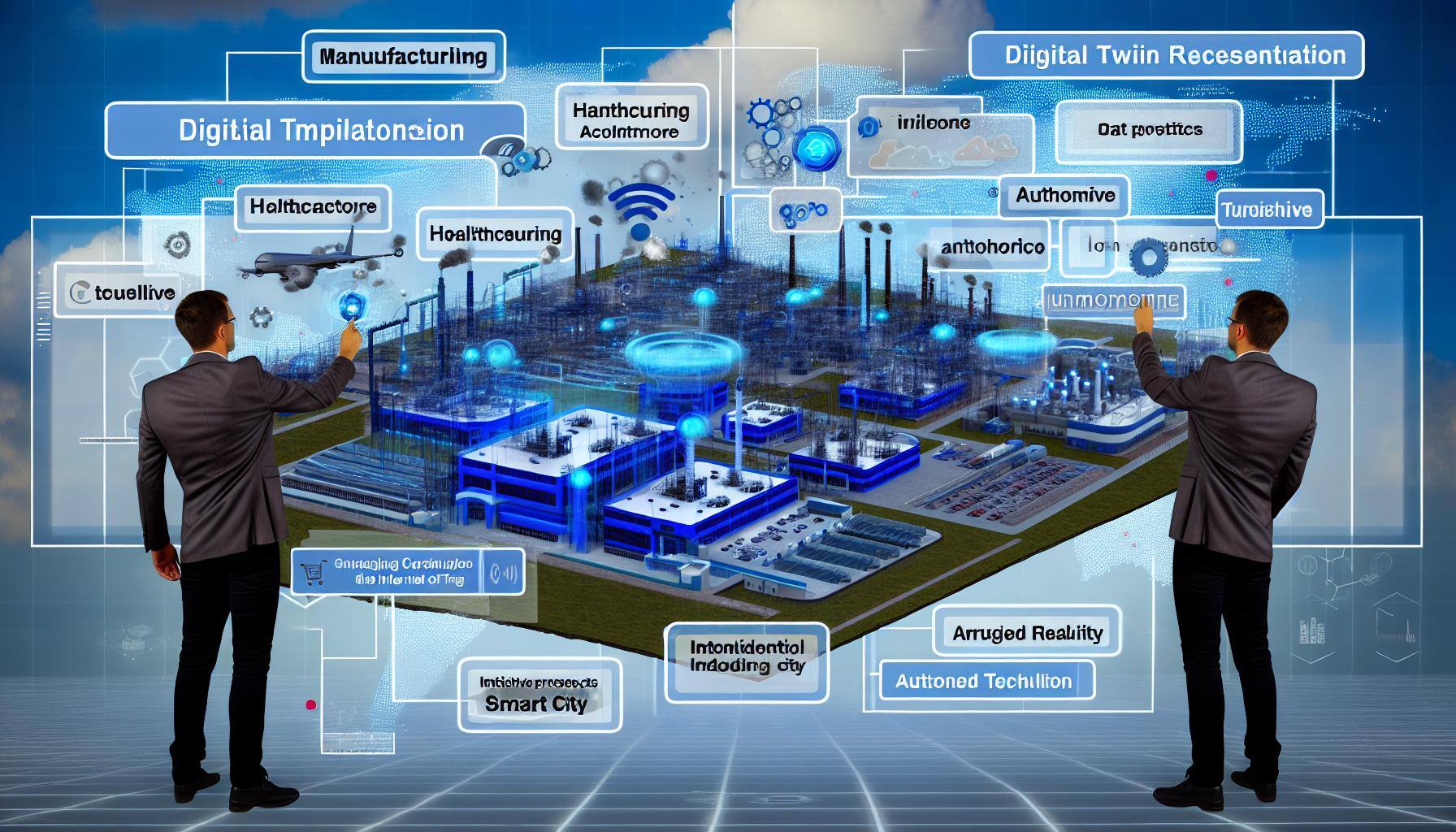6 min read
Is Lil Miquela Real? Exploring the Rise of Virtual Influencers
Introduction The world of social media and digital marketing has been revolutionized by the advent of virtual influencers. One of the most notable...
3 min read
The Amazing Team at Virtual Marketer Max : Jul 10, 2024 1:00:00 PM
Virtual humans, also known as virtual agents or AI avatars, are computer-generated characters that simulate human-like behavior and interactions. These digital entities can perceive and interpret human actions, respond intelligently, and even exhibit emotions. With advancements in artificial intelligence (AI) and computer graphics, virtual humans have become increasingly realistic and capable, opening new possibilities across various industries and applications.
The concept of virtual humans has a rich history that dates back to the early days of computer graphics in the 1960s. During this era, the idea of creating digital entities that could mimic human behavior was born, setting the stage for the development of virtual agents. However, it wasn't until the late 1990s that significant breakthroughs were achieved in the field, leading to the creation of more lifelike and interactive virtual characters.
This progress was made possible by the convergence of cutting-edge technologies such as artificial intelligence (AI), natural language processing (NLP), machine learning, and computer vision techniques. These advancements paved the way for the emergence of virtual humans as we know them today, capable of perceiving and interpreting human actions, responding intelligently, and even exhibiting emotions.
Furthermore, virtual humans are revolutionizing the field of virtual healthcare by assisting in therapy sessions for patients with mental health disorders. These AI avatars can provide constant support, guidance, and companionship to individuals struggling with various mental health issues, offering a safe space for them to express their emotions and work through their challenges. Additionally, virtual humans play a crucial role in training medical professionals in complex procedures, allowing them to practice and refine their skills in a simulated environment before treating actual patients.
In the realm of customer service, virtual humans excel in providing personalized interactions that cater to each customer's specific needs and preferences. Whether it's troubleshooting technical issues, offering product recommendations based on individual preferences, or simply providing friendly and efficient support, these AI avatars enhance the overall customer experience and foster stronger relationships between businesses and their clientele.
Moreover, in the dynamic world of gaming and entertainment, virtual characters bring immersive experiences to life like never before. By interacting with realistic and responsive virtual humans, players are transported into captivating virtual worlds where they can engage in thrilling adventures, solve challenging puzzles, and experience a sense of presence and connection that enhances their overall gaming experience. These virtual characters not only entertain but also challenge players, keeping them engaged and invested in the virtual world they inhabit.
One prominent trend in virtual humans is their integration into virtual reality (VR) and augmented reality (AR) environments. This allows users to interact with realistic avatars in immersive simulated worlds. Moreover, virtual humans are increasingly used in e-learning platforms to deliver interactive and personalized educational content. They can adapt to individual learning styles, provide real-time feedback, and engage learners in dynamic conversations.
Despite the progress in virtual human technology, several challenges remain. One major hurdle is achieving natural and fluid conversations with humans, as understanding and generating human-like speech and responses are computationally complex tasks. Researchers are actively developing advanced NLP algorithms and machine learning models to overcome this challenge.
Another challenge is creating realistic visual representations. Achieving high-quality graphics requires significant computational resources and rendering technologies. Nevertheless, advancements in machine learning and computer graphics, such as deep learning and ray tracing, are paving the way for more realistic and efficient virtual humans.
According to a report by Markets, the virtual human market is expected to grow at a compound annual growth rate of 38.5% from 2021 to 2026. The healthcare sector is projected to be the largest adopter of virtual humans, followed by the gaming and entertainment industries. The report also highlights the increasing demand for personalized customer experiences and the surging popularity of VR and AR technologies as key drivers for the virtual human market.
The future of virtual humans looks promising, with ongoing research and development efforts. Advancements in AI algorithms, hardware capabilities, and data collection techniques will lead to even more realistic and intelligent virtual characters. Moreover, the integration of virtual humans with smart devices and virtual assistants holds great potential for revolutionizing personal interactions and home automation.
In the latest updates, virtual humans have been employed to tackle social issues like mental health awareness campaigns and diversity training. Corporations are embracing virtual employees to streamline operations and optimize customer interactions. Additionally, virtual humans are being developed to assist in disaster response scenarios, creating synthetic populations to simulate crises and improve emergency preparedness.
Virtual humans have come a long way since their inception and now play a significant role across various domains. Their ability to understand and interact with humans opens doors to improved customer service, immersive gaming experiences, educational enhancements, and more. Despite challenges, ongoing advancements in AI and computer graphics will continue to drive the evolution of virtual humans, making them even more lifelike, intelligent, and indispensable in the future. Visit: Virtual Marketer Max

6 min read
Introduction The world of social media and digital marketing has been revolutionized by the advent of virtual influencers. One of the most notable...

5 min read
Who is Virtual Models? Virtual models, also known as digital twins, have become an integral part of industries across the globe. These...

7 min read
What is an AI Influencer? An AI influencer is a Virtual persona or Virtual model or digital personality powered by artificial intelligence, designed...